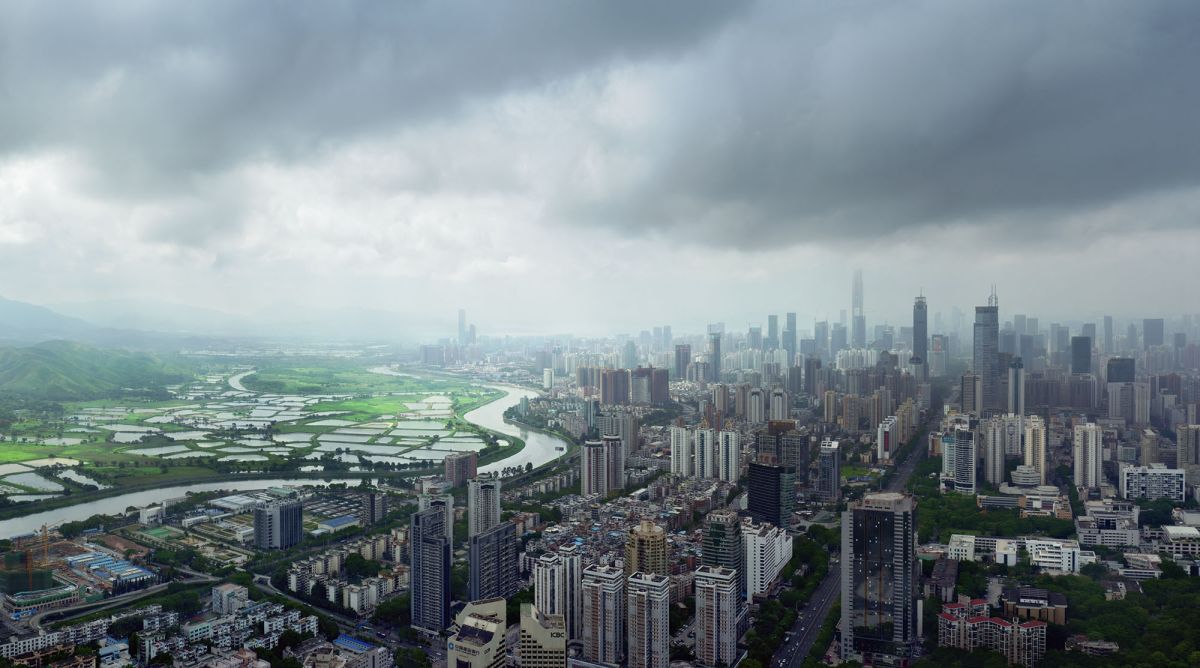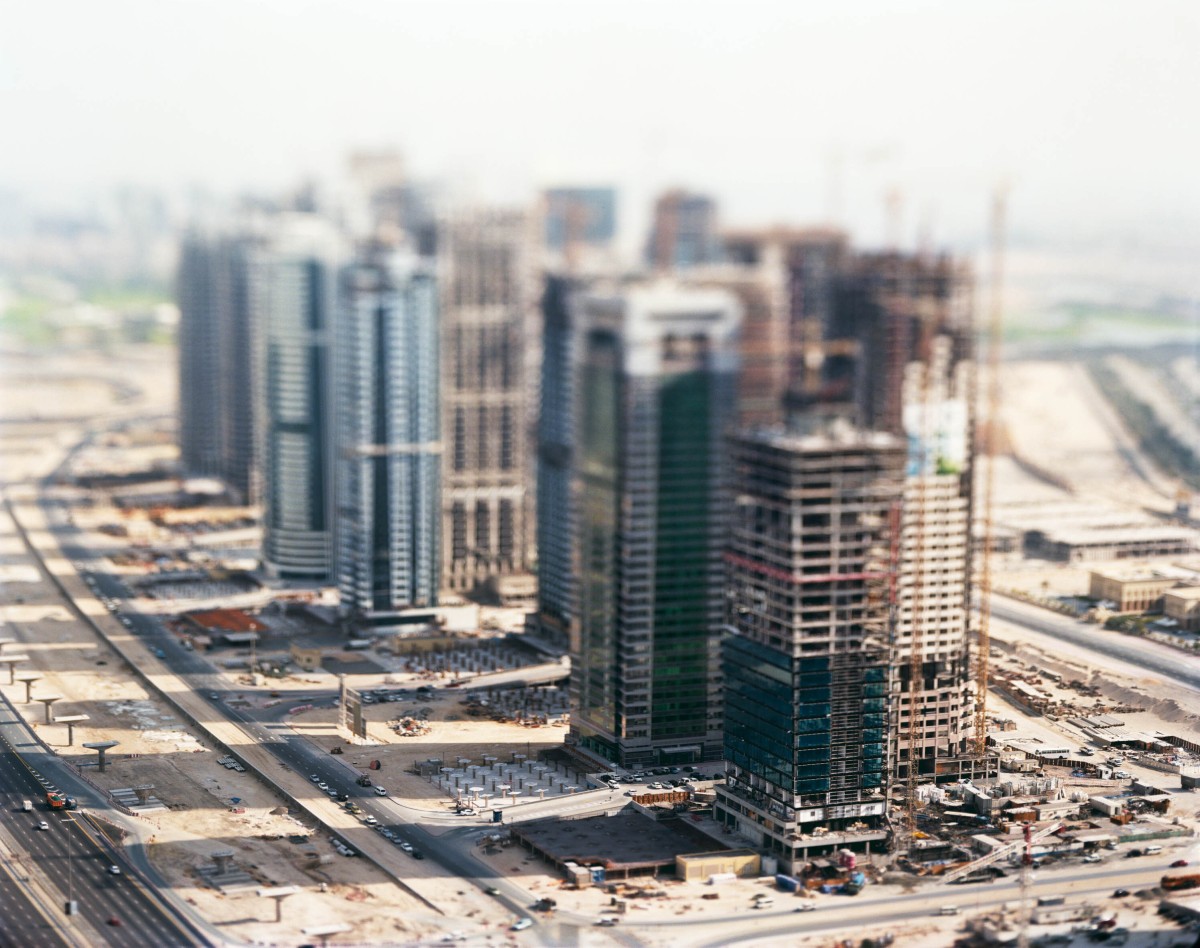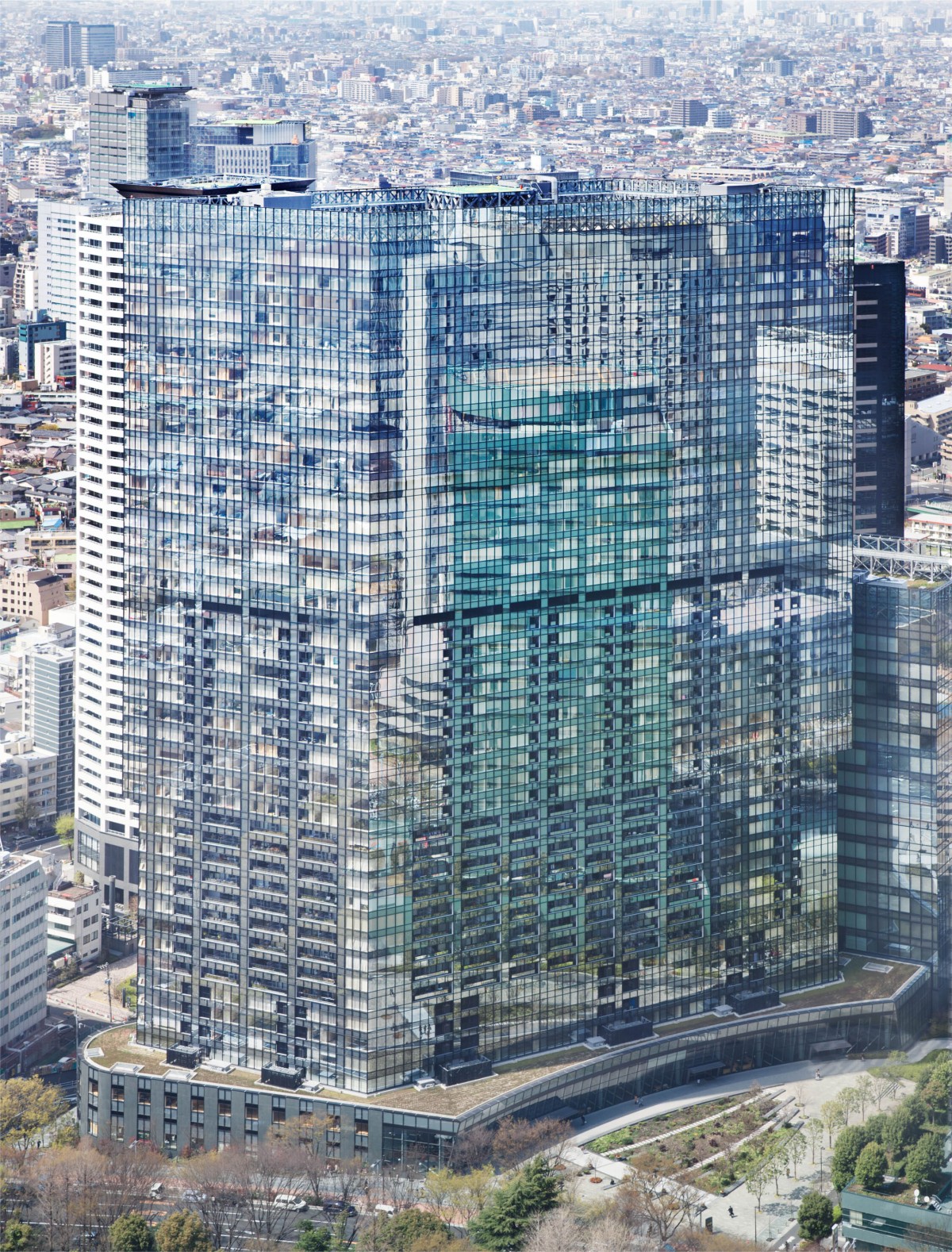FRANK VAN DER SALM | NOW+HERE

Solo exhibition | Frank van der Salm | NOW+HERE
After a few seconds it happens. Your eyes are fixed, searching for a hidden trace that tells you what’s wrong here. Your mind zips through an archive of images, trying to use comparison to decipher what is happening before your eyes.
You could also call it the entrance to what the artist makes possible. The revelation of the move he makes on the playing field of images that is in and around us, as inhabitants of the cities of the world. This is work that shakes us up: we don’t observe the environment we live in or visit so closely. The images shown by Van der Salm are powerful and imposing. Often, but not always, because of their size, and especially because of their frontal and challenging visual style. Sometimes, his works can confuse the viewer – that’s the game that it plays with you. Not a casual game, but rather a surprising detour that allows you to see the world differently.
Take Matter, a cityscape by night, as big as a wall-to-wall carpet. On the one hand, it has the “wow-factor”, while on the other, it offers something commonplace: everyone recognises the impulse to pull out their smartphone and capture the breathtaking view of the city lights from this panoramic vantage point. But what are you photographing? Perhaps not what you think you’re photographing. Come closer, look closely. Take your time. The peaceful beauty in the distance falls away, crumbling into planes of faltering pixels – there are no buildings, there is no city, no distance. Just a ragged, electronic blur.
Frank did what we would all do at this scenic point in Seoul, and now he holds up a kind of mirror to us. What do we see? We look at the technical limitations of our phones’ cameras. And at our relationship to these types of images. How did it come to this? Are we stupid, easily satisfied, easily deceived? No, we respond in accordance with our experience in urban environments, where concrete, glass, asphalt, and traffic are as powerful as the images this world produces about itself in order to continue to exist and grow. Look – they are in our brains. Where do these images come from? Aren’t they advertising images for a world we don’t really want? How do we recognise images that are authentic in what they reveal? How do we learn to perceive more freely?
A frightening bird's eye view of Tokyo is entitled Sky, while the image seems to exclude the existence of streets, squares, or any other form of public space. You look down and imagine yourself down there, feeling the gigantic density of concrete and crowds of people pressing down on you and automatically looking up to the sky with your eyes – and perhaps even with your heart.
The way in which this artist provokes the search for a freer perception is implicit and poetic, but also overwhelming. Take images like Aperture, where a nocturnal car park reveals its absurdist techno-peep show qualities, or Corridor, which makes an underground traffic space appear like a terrifying cave from a mythical story. In each case, this work captures the urban world as a backdrop where the images and events we don’t see are the actual causes and forces that determine what we do see. After we have recovered from the discomfort the images provoke, we imagine them ourselves. And Van der Salm puts you, the viewer, in a position to do just that.
Mission Interlude must have been made from dizzying heights, but is itself small in size. This gives the baroque floor plans and building style of the irresistible luxury real estate projects in Dubai an effect something like the jewellery you win at the fun fair. You are sucked into Dubai, but with the gaze of an alien. How can this be seen? In order to tune in to the wavelength of Frank van der Salm’s work, we can see each image as a performance: an amazingly charismatic actor enters the room and, with a few steps, a single sentence, a gesture and a glance, dominates the space and changes the situation. Suddenly, something is present that no one took into account. It startles us and awakens our imagination. We start to see what the intervention makes possible.
What, for example, is the mysterious work Levante doing with this view of the white tourist flats on Spain’s southern coast, taken from the sea? Why is it as if a layer of chalk has been applied to the image? Is it like a postcard that can travel in time? Is it a memory or a sign of the fear of forgetting? Rather than a photograph of Levante, is it a possible way of looking at it?
Text: Dirk van Weelden

